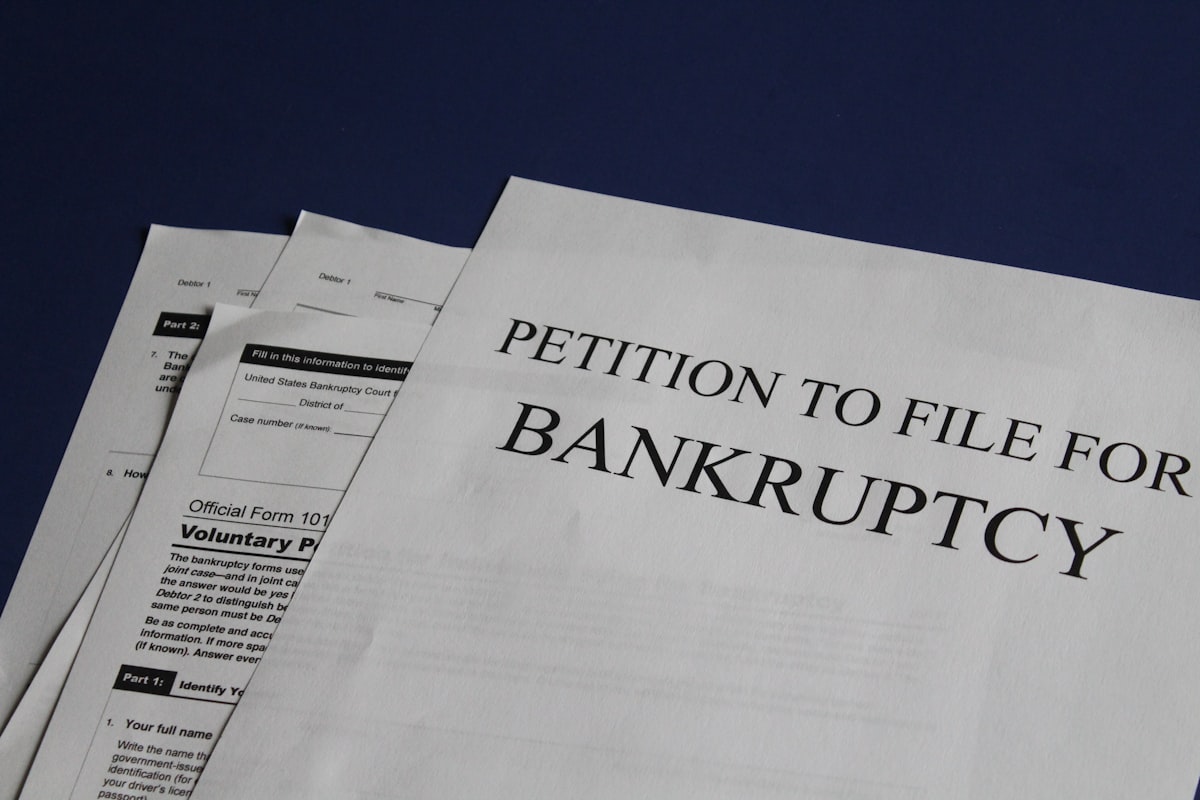SafeMoon, a DeFi protocol, has filed for Chapter 7 bankruptcy
In November 2023, the US Department of Justice and Securities and Exchange Commission (SEC) filed charges against SafeMoon and its executives, alleging that the project operated as a fraudulent scheme.

SafeMoon, the once-hyped DeFi protocol, has officially filed for Chapter 7 bankruptcy, marking a dramatic end to its tumultuous journey. This news comes after months of controversy and legal troubles, culminating in the arrest of its CEO and CTO on charges of fraud and unregistered security offerings.
A Story of Hype and Deception
SafeMoon rose to prominence in 2021, fueled by ambitious claims of hyper-deflationary tokenomics and automatic liquidity generation. Its price soared, attracting a large and passionate community. However, doubts soon emerged regarding the project's transparency and legitimacy.
In November 2023, the US Department of Justice and Securities and Exchange Commission (SEC) filed charges against SafeMoon and its executives, alleging that the project operated as a fraudulent scheme. The complaint accused them of misleading investors about locked liquidity, misappropriating funds for personal gain, and offering unregistered securities.
The Fall and Aftermath:
The arrests of CEO John Karony and CTO Thomas Smith sent shockwaves through the community, causing the price to plummet. With the company facing legal challenges and dwindling investor confidence, bankruptcy was inevitable.
Lessons Learned:
SafeMoon's collapse serves as a stark reminder of the risks inherent in the cryptocurrency market. Investors must be wary of projects promising unrealistic returns and lacking transparency.
As the dust settles on SafeMoon, the industry must strive for greater transparency and accountability to build a more sustainable future. This means holding projects to higher standards, conducting thorough due diligence, and prioritizing ethical practices.
While SafeMoon's story may have ended in tragedy, it offers valuable lessons for the future of cryptocurrency. By learning from its mistakes and prioritizing trust and transparency, the industry can move forward and achieve its true potential of innovation and disruption.




